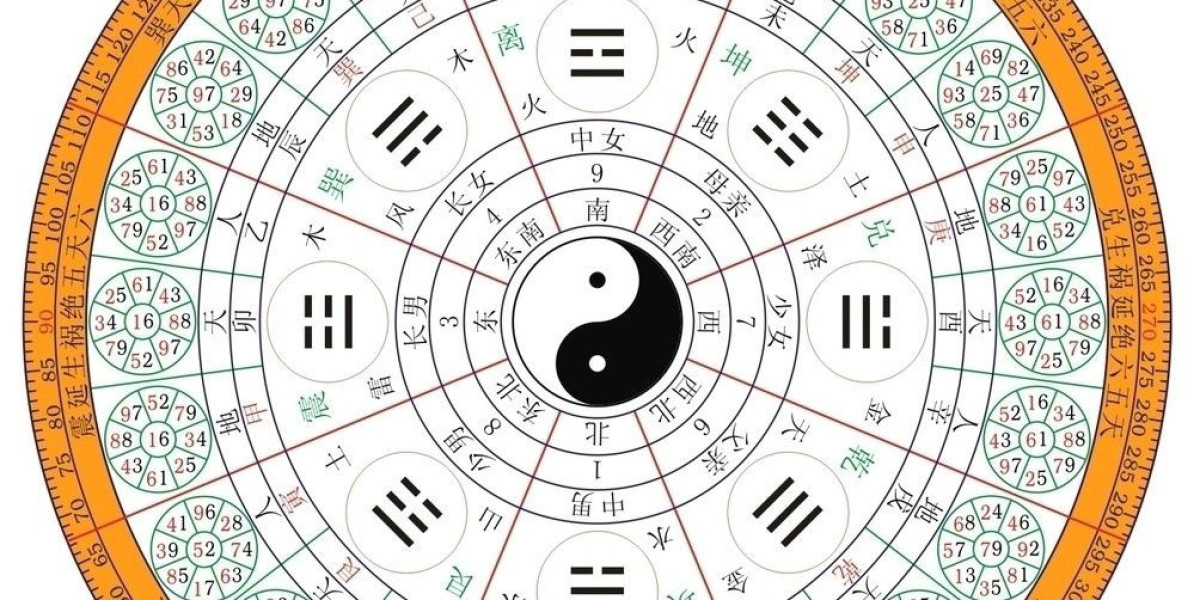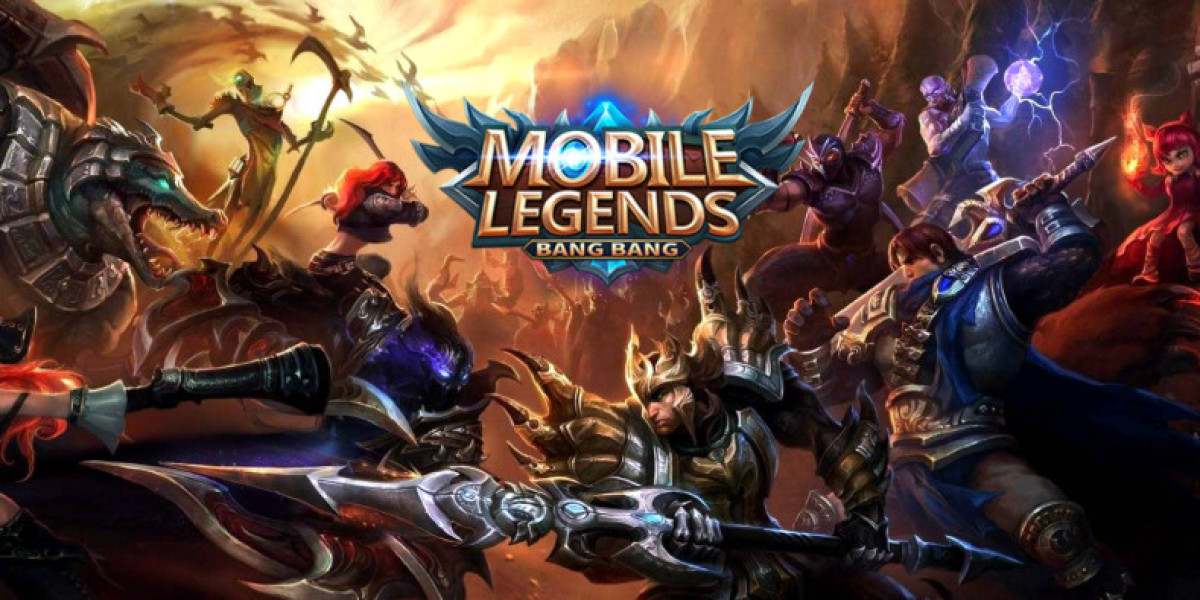Far from being mere decorative pieces, these objects are deeply rooted in metaphysical principles, drawing on the Five Elements (Wood, Fire, Earth, Metal, Water), the Bagua map (an energy blueprint of a space), and the concept of Yin-Yang balance. Whether you live in a bustling city apartment or a serene countryside home, incorporating Feng Shui objects can transform your environment into a sanctuary that nurtures both body and spirit. This article explores the origins, types, and practical applications of Feng Shui objects, revealing how they can enhance modern living with ancient wisdom.
The Foundations of Feng Shui: Qi, the Bagua, and the Five Elements
To understand Feng Shui objects, one must first grasp their underlying principles.
Qi (气): The Life Force
Qi is the invisible energy that flows through all things—people, spaces, and nature. In Feng Shui, the goal is to ensure Qi moves smoothly and abundantly, avoiding stagnation (which causes fatigue, conflict, or misfortune) or sharp, chaotic flows (which disrupt peace). Objects are strategically placed to guide, gather, or redirect Qi based on the needs of a space.
The Bagua Map: Mapping Energy Zones
The Bagua is an octagonal grid that divides a space (home, office, or room) into nine zones, each corresponding to a life aspect: Wealth (southeast), Health (center), Relationships (southwest), Career (north), and more. Feng Shui objects are chosen and placed in these zones to activate or balance their energies. For example, a wealth-enhancing object like a money frog is placed in the southeast corner to attract abundance.
The Five Elements: Dynamic Balance
Feng Shui relies on the interplay of five elements—Wood (growth), Fire (passion), Earth (stability), Metal (clarity), and Water (flow)—to create harmony. Each element is associated with specific colors, shapes, and materials, and objects are used to correct imbalances. For instance, if a space feels chaotic (excess Fire energy), adding Water elements (like a fountain) or Metal objects (like a metal wind chime) can restore equilibrium.
Essential Feng Shui Objects and Their Purposes
The Laughing Buddha (Budai): Joy and Abundance
One of the most recognizable Feng Shui objects, the Laughing Buddha (a chubby, smiling monk) symbolizes contentment, generosity, and prosperity. Often depicted holding a sack (representing abundance) or a gold ingot (wealth), he is placed in the Wealth corner (southeast) or near the entrance to welcome good fortune. Variations include the "Prosperity Buddha" (with a fan) or the "Health Buddha" (with a bowl).
The Chinese Money Frog (Jin Chan): Wealth Attraction
This three-legged frog, often perched on a pile of coins and holding a gold ingot in its mouth, is a powerful wealth-attracting symbol. It should be placed near the entrance (facing inward) or in the southeast corner of a home/office to "attract" money. Avoid placing it directly on the floor; instead, elevate it on a shelf or altar.
Feng Shui Crystals: Amplifying Energy
Crystals are prized for their ability to absorb, transmute, or radiate specific energies. Key examples include:
Citrine (Yellow): Placed in the Wealth corner, it enhances abundance and optimism (Fire/Earth elements).
Rose Quartz (Pink): Positioned in the Relationship corner (southwest), it fosters love and compassion (Water element).
Amethyst (Purple): Used in the Wisdom/Health area (northeast or center) to calm the mind and promote spiritual growth (Wood element).
Crystals can also be arranged in a grid (e.g., a wealth grid with citrine, pyrite, and green aventurine) for targeted effects.
The Bagua Mirror: Deflecting Negative Energy
A convex or flat mirror framed by the Bagua’s trigrams, this object is used externally(never indoors!) to deflect harmful Qi from sharp structures (like a corner of a building) pointing at your home. It acts as a protective shield, ensuring negative energy doesn’t enter your space.
Wind Chimes: Harmonizing Air and Sound
Made of metal (for clarity) or wood (for growth), wind chimes use sound vibrations to disperse stagnant Qi and attract positive energy. A metal wind chime in the northwest (Career/Helpful People area) can enhance communication, while a wooden one in the east (Family area) supports vitality.
The Dragon and Phoenix: Harmony and Power
The Dragon (Yang, masculine energy) and Phoenix (Yin, feminine energy) symbolize balance between strength and grace. Placed together in a living room or bedroom, they foster partnership and mutual respect. A solo Dragon (placed in the north for Career) boosts authority, while a Phoenix (in the south for Fame) inspires creativity.
Fountains and Water Features: Flow and Abundance
Water represents wealth and the continuous flow of opportunities. A small indoor fountain in the southeast (Wealth corner) or north (Career) attracts prosperity. Ensure the water is clean and flowing (stagnant water breeds negative Qi).
How to Use Feng Shui Objects in Modern Spaces
Declutter First
Feng Shui begins with space clearing. Remove clutter, as it blocks Qi flow. Objects should have a purpose or bring joy; unused items create energetic "dead zones."
Align with the Bagua Map
Superimpose the Bagua grid over your floor plan. Identify which life areas need attention (e.g., if relationships feel strained, focus on the southwest corner) and place relevant objects there.
Balance Elements
If a room feels "too much" (e.g., too fiery with red walls and sharp furniture), add cooling elements (Water-blue decor, a small fountain) or grounding Earth tones (ceramics, plants).
Intention Matters
Activate objects with positive intent. For example, place a crystal in your workspace while visualizing clarity and focus, or bless a money frog with a prayer for abundance.
Regular Maintenance
Clean objects monthly (especially water features and crystals) and replace broken items promptly—broken objects symbolize broken energy.
Feng Shui Objects in the Digital Age: Adapting Ancient Wisdom
In today’s minimalist or small-space lifestyles, Feng Shui objects don’t require grandeur. A single rose quartz on a desk, a tiny wind chime near a window, or a digital "Bagua app" to map your apartment can suffice. Even plants (like money trees or peace lilies) act as natural Feng Shui tools, representing Growth (Wood element) and purifying air.
Conclusion: Creating a Sanctuary of Flow
Feng Shui objects are more than aesthetic choices—they are intentional tools to align your environment with your highest well-being. By understanding their symbolism, placement, and energetic properties, you can transform any space into a haven of balance, prosperity, and joy. Whether you’re seeking career success, loving relationships, or simply a calmer mind, the ancient wisdom of Feng Shui offers a path to harmony in the modern world.
Start Small: Choose one object (like a citrine crystal for wealth or a rose quartz for love) and observe how its presence shifts your space—and your energy.







